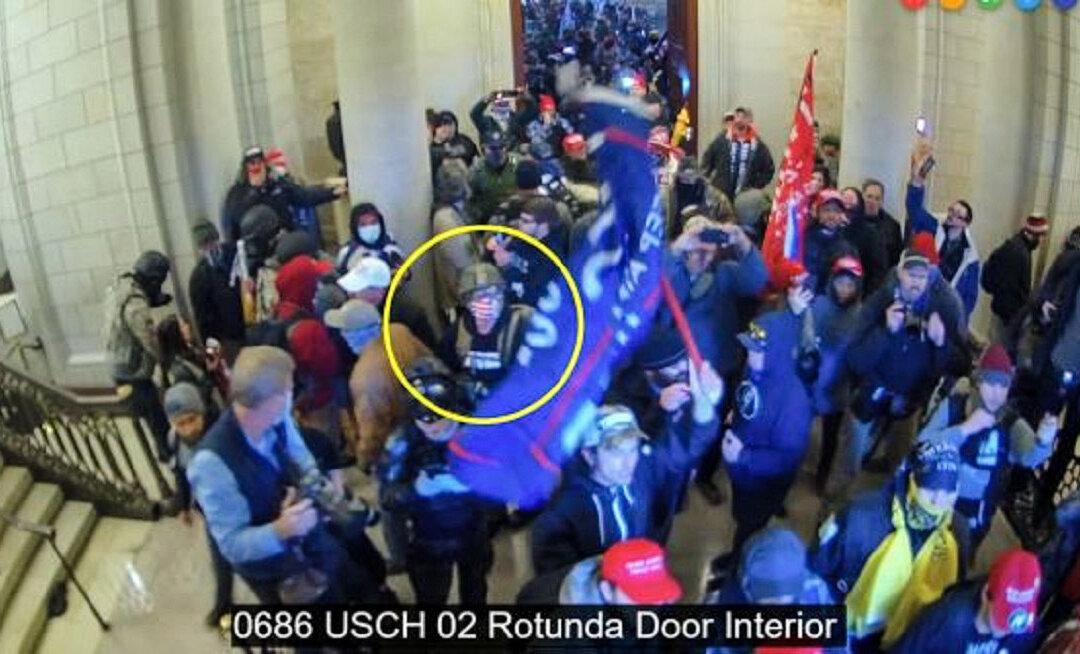Las Vegas authorities said the droves of grasshoppers sweeping through the area, causing alarm among some tourists and locals, are actually “mostly harmless.”
“It was crazy. We didn’t even want to walk through there. Everybody was going crazy,” Diana Rodriquez told CBS affiliate KLAS. “We were wondering like what’s going on.”





